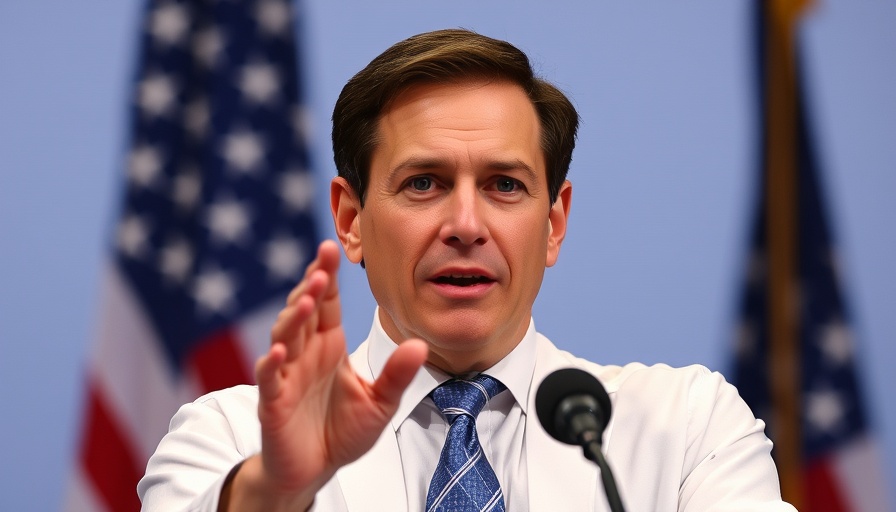
Trump's New Era: A Shift in Cybersecurity Strategy
In a striking move on June 7, 2025, President Donald Trump signed an executive order that not only alters but significantly rolls back cybersecurity measures established by his predecessors, Barack Obama and Joe Biden. The administration's main point of contention is Biden's Executive Order 14144, which included provisions for public benefit programs and digital identity management. Trump's revision frames this approach as an open invitation to misuse, particularly by undocumented individuals looking to access government services.
Debating the Role of Digital IDs in Cybersecurity
Opponents of the rollback argue that this decision prioritizes immigration concerns over real cybersecurity threats. Mark Montgomery, a cybersecurity expert, articulates that the fixation on abolishing digital ID requirements detracts from progressive measures that could bolster our defense against cyber threats.
AI Policy and Cyber Defense: A Changed Focus
Another significant alteration brought about by Trump's order addresses artificial intelligence (AI) policies. Citing a need to pivot from 'censorship,' the Trump administration has scrapped Biden’s agenda for using AI in critical infrastructure defense, along with funding for AI security innovations. This decision has raised eyebrows, especially among those who see untapped potential in leveraging AI for advanced cybersecurity measures.
Quantum Encryption and National Security: What’s at Stake?
Trump's latest directive has also dismissed the push for quantum-resistant encryption, which has been a subject of growing concern among security experts who view it as essential for safeguarding data against advanced threats. Critics caution that delaying the adoption of such technologies could leave critical infrastructure vulnerable to emerging cyber threats.
The Political Implications of Cyber Sanctions
Going a step further back, the recent changes also repeal key sanctions against cyberattacks that would have targeted foreign actors engaged in malicious online activities. This shift raises alarms about the potential risks for domestic security and can be understood as an attempt to delineate the use of sanctions strictly from election-related issues. However, by restricting these measures, the administration may inadvertently expose the U.S. to a heightened risk of cyber aggression.
What the Future Holds for U.S. Cybersecurity
As the cybersecurity landscape continues to evolve, the changes introduced by Trump's administration will likely spark ongoing debate about the intersection of national security, technological progress, and immigration policy. Stakeholders from diverse fields including tech enthusiasts to policymakers must stay informed about how these governance decisions impact not just cybersecurity, but also the broader technological advancements in the U.S.
This pivotal moment in U.S. cybersecurity might just be the beginning of a larger discussion about the future of technology in governance. For students, professionals, and tech aficionados, understanding the implications of these shifts is more crucial than ever in navigating tomorrow’s tech landscape.
 Add Row
Add Row  Add
Add 




 Add Row
Add Row  Add
Add 



Write A Comment